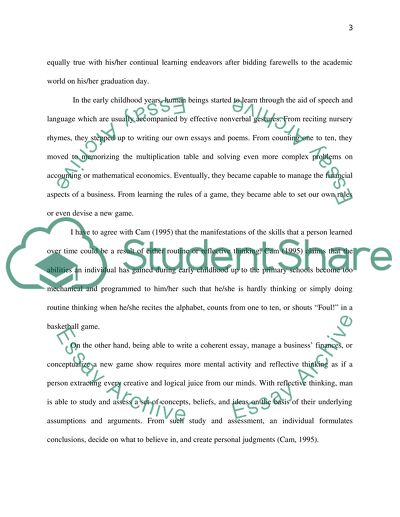Cite this document
(“Learning & Professional Practice assignment‏ Essay”, n.d.)
Learning & Professional Practice assignment‏ Essay. Retrieved from https://studentshare.org/miscellaneous/1549474-learning-professional-practice-assignment8207
Learning & Professional Practice assignment‏ Essay. Retrieved from https://studentshare.org/miscellaneous/1549474-learning-professional-practice-assignment8207
(Learning & Professional Practice assignment‏ Essay)
Learning & Professional Practice assignment‏ Essay. https://studentshare.org/miscellaneous/1549474-learning-professional-practice-assignment8207.
Learning & Professional Practice assignment‏ Essay. https://studentshare.org/miscellaneous/1549474-learning-professional-practice-assignment8207.
“Learning & Professional Practice assignment‏ Essay”, n.d. https://studentshare.org/miscellaneous/1549474-learning-professional-practice-assignment8207.


